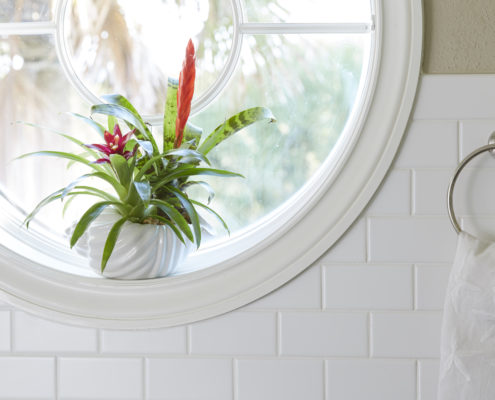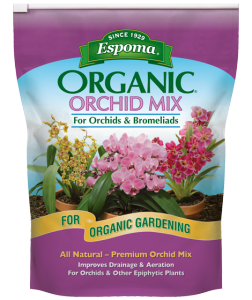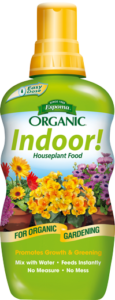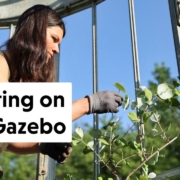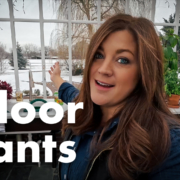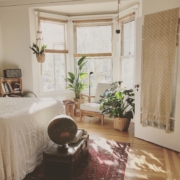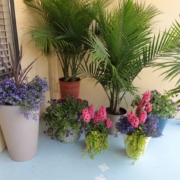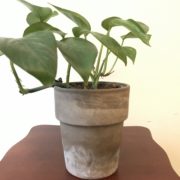Not your average houseplant – Bromeliads
Growing bromeliads indoors is a wonderful way to welcome vibrant colors and live foliage into your space. While they have a reputation for being difficult to grow, they are just different than the average houseplant. They are adaptable to their surroundings, low maintenance and offer long-lasting blooms.
Bromeliads that grow in soil are best to use as houseplants. There are four varieties that are best for bringing indoors: Billbergia, Cryptanthus, Guzmania, and Neoregelia. These are most recognizable for their spikey blooms and can be solid in color or have a variegated stripe to them.
How to Grow Basics:
- Light
Each variety grown indoors likes their light a bit different. Generally placing them in bright, indirect light is fine, but be sure to check plant tags as some prefer shaded areas.
- Potting
Bromeliads should be potted at the base of leaves to give the roots enough to secure it to the soil. A 4-6 inch pot is a great starter, but keep an eye on your plant and place it in a bigger container if it begins to lean or fall over. Use a barky, airy, well-draining soil, such as Espoma’s Orchid Mix for orchids and bromeliads.
- Temperature and Humidity
Potted bromeliads adjust to the temperature around them. They are happy in the temperature you keep your home – anywhere from 35 degrees to 95 degrees. When the temperature increases, increase the humidity around your plant by misting water or using a pebble plant tray. Like most plants, you should keep them away from heating and air vents so they don’t dry out.
- Fertilizer
Use a slow release fertilizer, such as Espoma’s Indoor! liquid fertilizer once a month. Simply mix it in with your watering can and follow the instructions on the bottle.
Already have a bromeliad that needs more room? Watch Summer Rayne repot her bromeliad.
Products Needed:

